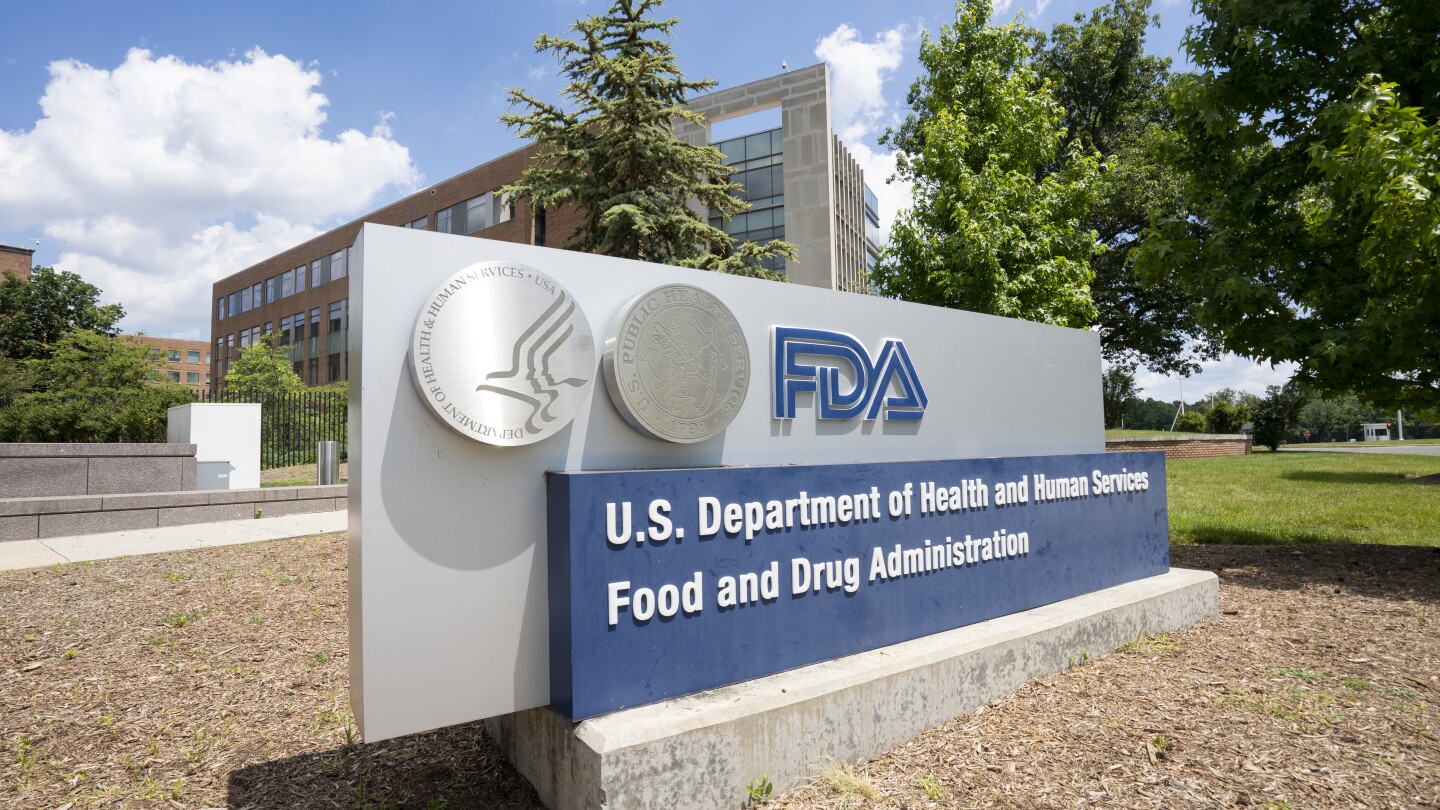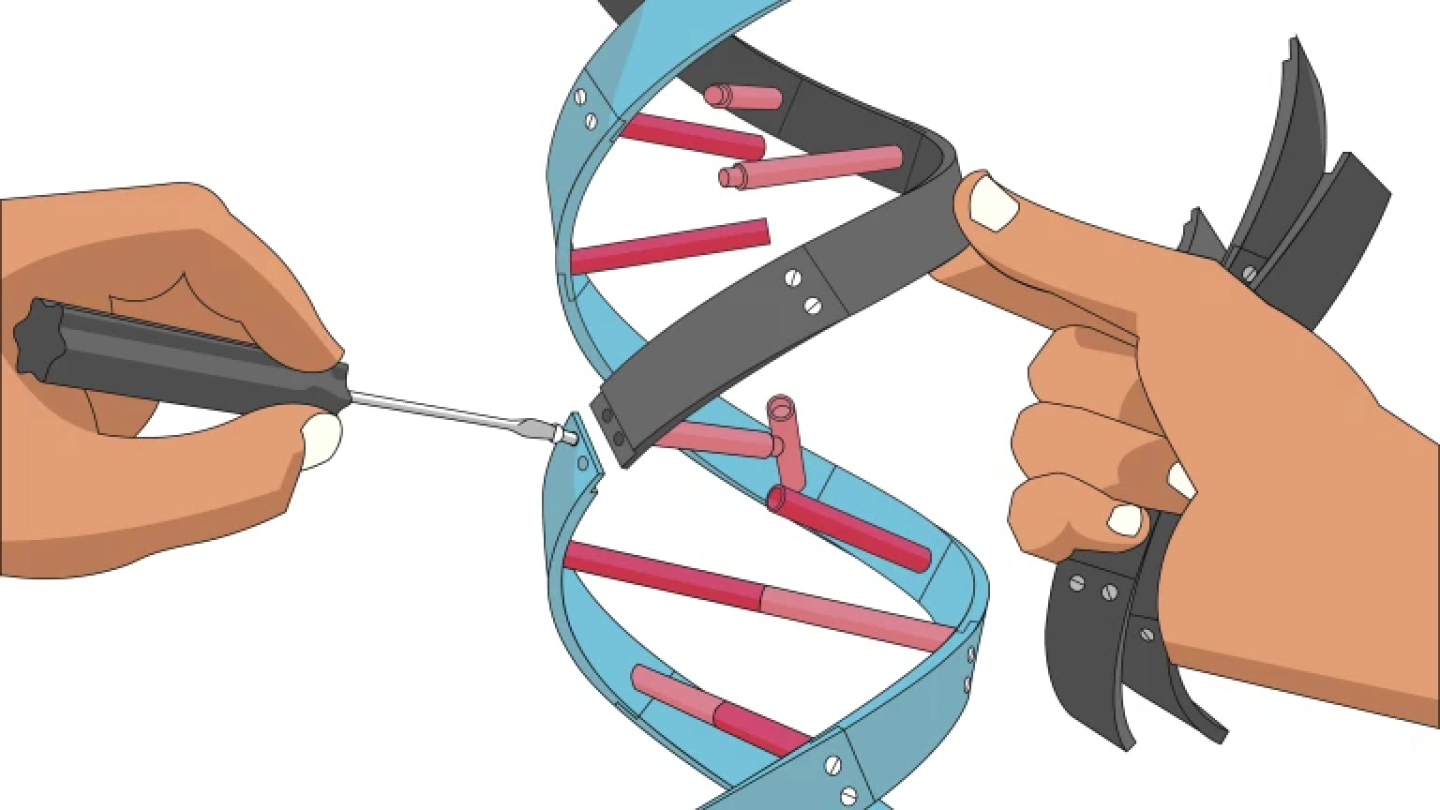Gene editing
A push to reshore some drug production and progress in advanced manufacturing technologies have been prominent trends this year, industry leaders say.
The centerpiece of the deal is the in vivo editor TSRA-196, which in preclinical studies has shown robust editing at SERPINA1, the locus linked to alpha-1 antitrypsin deficiency.
After revoking Sarepta’s award in July and awarding one to Krystal last month, the FDA’s platform technology designation program appears to be back on track. These six biotechs could be on the regulator’s radar.
The strategic initiative will extend Metagenomi’s cash runway into the fourth quarter of 2027. That same year, the company expects to generate initial Phase I data for its lead asset MGX-001 in hemophilia A.
Vinay Prasad, chief of the FDA’s Center for Biologics Evaluation and Research, is planning to publish a paper this month to outline his office’s thinking on accelerating gene editing reviews.
Intellia earlier this year reported a similar grade 4 liver enzyme elevation associated with the gene therapy nexiguran ziclumeran, though analysts at BMO Capital Markets at the time brushed it off as a “non-concern.”
Vertex Pharmaceuticals commits $45 million upfront to leverage Enlaza Therapeutics’ War-Lock platform to create drug conjugates and T cell engagers for autoimmune diseases and gentler conditioning for sickle cell/beta thalassemia gene-editing therapy Casgevy.
Jefferies analysts called the proxy filing, which is a standard disclosure after a merger agreement, “much more intriguing than normal” given the regulatory turmoil it revealed.
The pending deal was rumored overnight after a report from the Financial Times, spurring analysts to speculate that if true, the entire gene editing space would see a boost at the markets.
Gene therapies have ridden investor mania to huge valuations but commercialization challenges have pushed market caps to the floor. At a roundtable last week, FDA leaders promised faster approvals and broad support to the industry.
PRESS RELEASES










